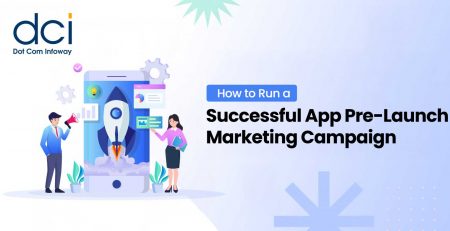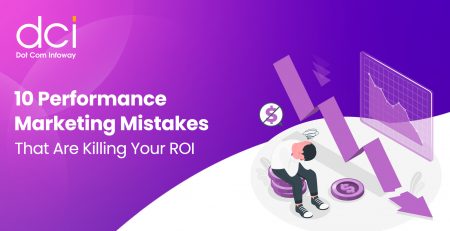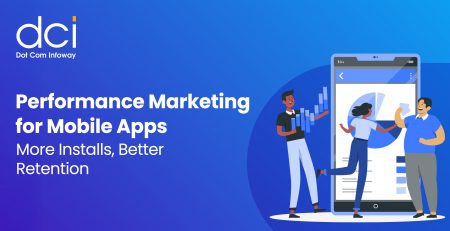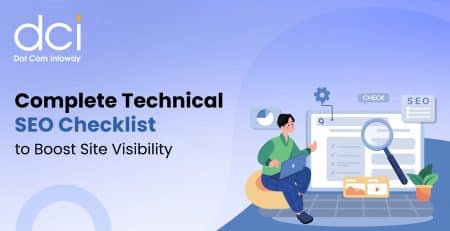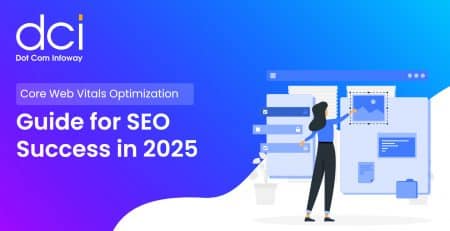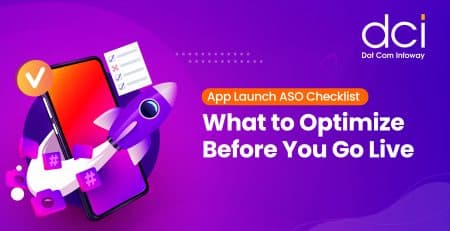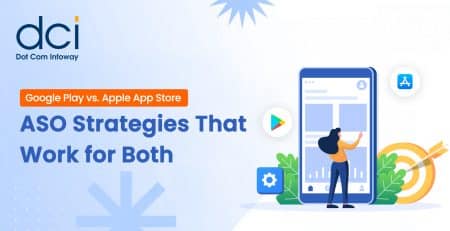2025 Guide: Building a Successful Mobile App Marketing Plan
In the rapidly evolving world of mobile technology, having a successful mobile app is no longer just about great design or innovative features—it’s about visibility, engagement, and long-term user retention. But here’s the catch: with over 7 million apps across the Apple App Store and Google Play Store combined, how do you make yours stand out? Whether you’re launching a new app or scaling an existing one, crafting an effective mobile app marketing plan for 2025 is crucial to driving downloads, retaining users, and maximizing revenue. This guide will take you through the key steps, strategies, and industry best practices that will ensure your app’s success in the competitive app marketplace of 2025.
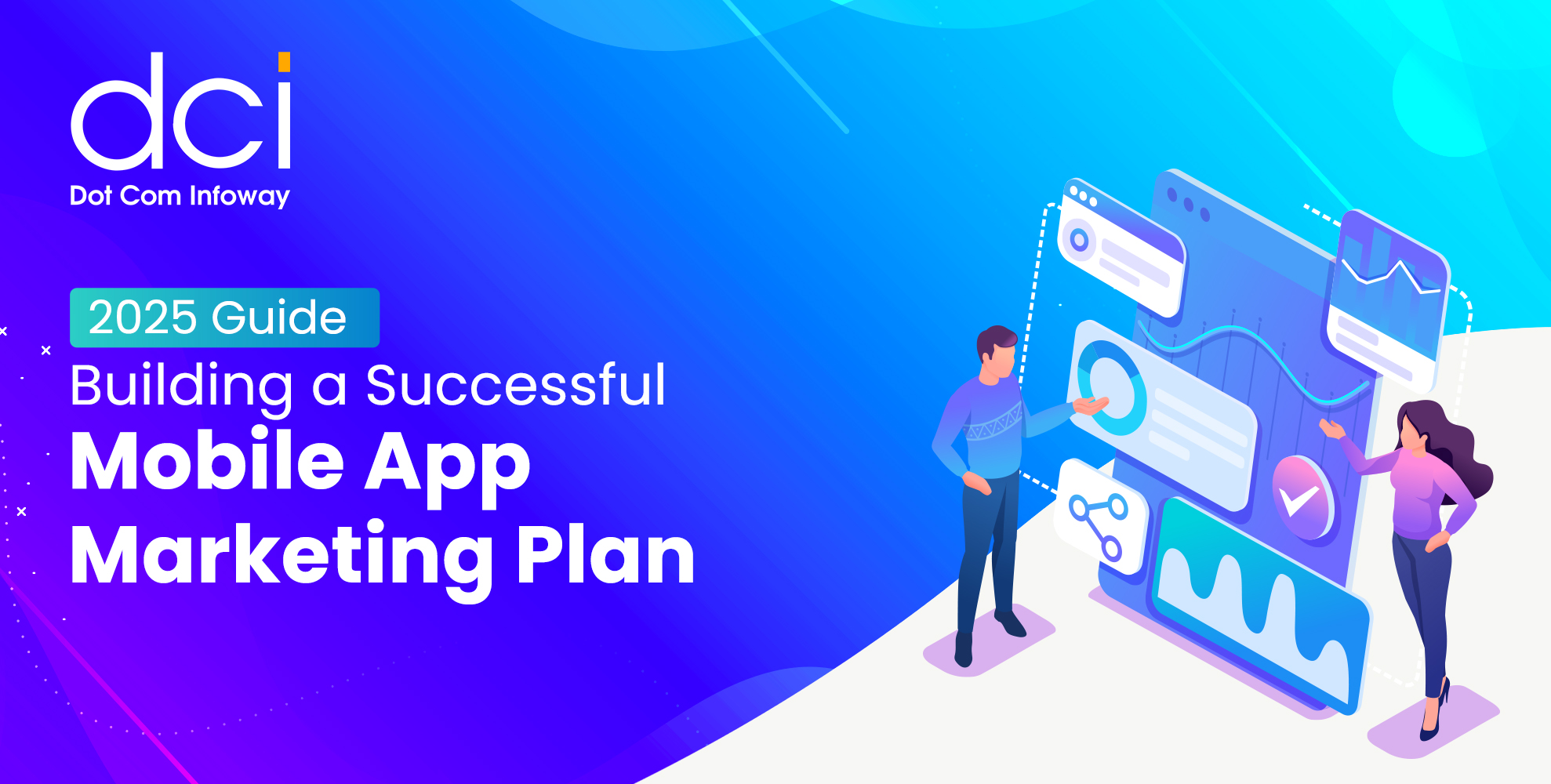
Why Mobile App Marketing in 2025 Requires a Fresh Approach
Mobile apps continue to dominate how users interact with the digital world, from e-commerce and gaming to social networking and productivity tools. However, the landscape is undergoing significant shifts. Emerging technologies like 5G, augmented reality, and AI-powered recommendations are changing user expectations. Additionally, privacy regulations like Apple’s App Tracking Transparency (ATT) and Google’s evolving approach to cookies demand that marketers adapt their strategies to protect user data while still delivering personalized experiences. In 2025, success hinges on moving away from traditional tactics and embracing a multi-channel approach that prioritizes user experience, data-driven targeting, and sustainable growth.
With competition heating up, app marketers must think beyond mere installs. The focus is on acquiring high-quality users who engage regularly, make in-app purchases, and remain loyal. If you’re ready to thrive in this environment, let’s dive into building a rock-solid mobile app marketing plan.
Setting the Foundation: Define Your Goals and KPIs
Before diving into tactics, a successful mobile app marketing plan starts with clearly defined goals. Are you aiming for user acquisition, app retention, or increased in-app purchases? Understanding your objectives will help you establish key performance indicators (KPIs) such as cost per install (CPI), retention rate, lifetime value (LTV), and return on ad spend (ROAS).
For instance, if your goal is to drive revenue, your primary KPIs may include LTV and average revenue per user (ARPU). On the other hand, if you want to expand your user base, metrics like daily active users (DAU) and monthly active users (MAU) will be more relevant. Without measurable benchmarks, you won’t be able to accurately assess your progress or adjust your strategy when needed.
Target Audience Research: Get to Know Your Users
You can’t market effectively without understanding your users inside and out. Conducting detailed audience research will provide insight into their preferences, pain points, and behaviors. This can be achieved through surveys, interviews, and analyzing in-app analytics.
Segmentation is key here. Grouping your audience based on factors like demographics, location, device preferences, and in-app behavior allows you to tailor marketing messages that resonate with different user segments. For example, younger users may prefer gamified features, while working professionals may seek productivity tools with minimal distractions.
By narrowing down your target audience, you can deliver more personalized experiences and optimize ad spend by focusing on users most likely to convert.
App Store Optimization (ASO): The Core of Organic Growth
One of the most critical aspects of mobile app marketing is App Store Optimization (ASO). Similar to search engine optimization (SEO) for websites, ASO helps improve your app’s visibility and ranking on app store search results. Optimizing your app listing ensures that users can discover it organically without relying entirely on paid ads.
To do this effectively, focus on optimizing the following elements:
- Title and Description: Use relevant keywords naturally while ensuring the copy is engaging and highlights the app’s core benefits.
- App Icon and Screenshots: Visuals play a huge role in conversions, so create an eye-catching icon and compelling screenshots that showcase key features.
- User Reviews and Ratings: Positive reviews build credibility, so encourage satisfied users to leave reviews and respond to feedback promptly.
ASO is not a one-time task; continuous updates and monitoring are necessary to stay ahead of the competition.

Ready to boost your website’s rankings and online visibility?
Discover how our expert SEO services can resolve ranking issues, drive traffic, and elevate your website’s performance to the next level!
Leveraging Multi-Channel Marketing for Maximum Reach
Relying on a single marketing channel is a recipe for missed opportunities. In 2025, a robust mobile app marketing plan integrates a mix of paid, owned, and earned media channels to maximize reach and user acquisition. Some of the most effective channels include:
- Social Media Advertising: Platforms like TikTok, Instagram, and YouTube provide immense reach, especially with video ads and influencer collaborations.
- Search Ads and Display Networks: Google Ads and Apple Search Ads help capture high-intent users actively searching for apps like yours.
- Email and Push Notifications: Retarget existing users with personalized offers or updates to keep them engaged.
- Content Marketing: Build blog posts, tutorials, and social media content that educates and entertains potential users while subtly promoting your app.
The key to success is consistency and cross-promotion. For example, a well-timed social media campaign can drive traffic to your app store listing, while an in-app event can encourage users to share content organically on their social networks.
Harnessing Data and Analytics to Refine Strategies
Data-driven decision-making separates successful app marketers from the rest. By tracking user behavior, conversion rates, and retention metrics, you can gain valuable insights into what’s working and where you need to improve. Modern analytics tools like Firebase, Mixpanel, and AppsFlyer provide real-time data on everything from user acquisition to in-app engagement.
For example, if you notice a high drop-off rate after users download the app but don’t complete onboarding, you can experiment with different onboarding flows or offer incentives. Similarly, understanding which marketing channels deliver the highest LTV can help you allocate your budget more effectively. Don’t forget to A/B test different creatives, copy, and push notifications to continuously optimize your marketing efforts.
Monetization Tactics for Sustainable Revenue Growth
A successful mobile app marketing plan isn’t complete without a clear monetization strategy. While there’s no one-size-fits-all approach, you can experiment with models like freemium, subscriptions, in-app purchases, or advertising.
The key to sustainable revenue lies in balancing user experience with monetization. For instance, intrusive ads can frustrate users and lead to high churn rates, whereas offering value-added in-app purchases can enhance engagement and satisfaction. Track your revenue metrics closely and optimize pricing strategies to maximize profitability.
Conclusion
Crafting a successful mobile app marketing plan in 2025 involves more than just attracting downloads—it’s about fostering long-term relationships with users and adapting to a rapidly changing environment. By setting clear goals, leveraging data, optimizing app store listings, and using multi-channel strategies, you’ll be well-positioned to stay ahead of competitors and achieve sustained growth. Remember, the key to success lies in continuous improvement and the ability to pivot based on evolving trends.

